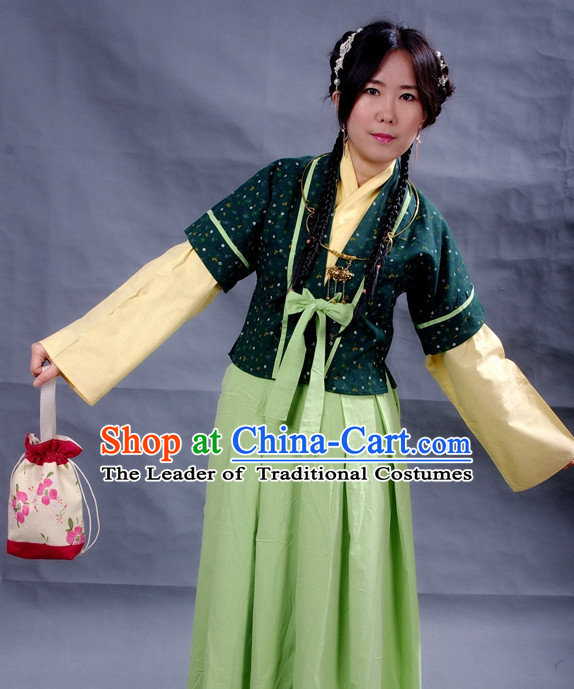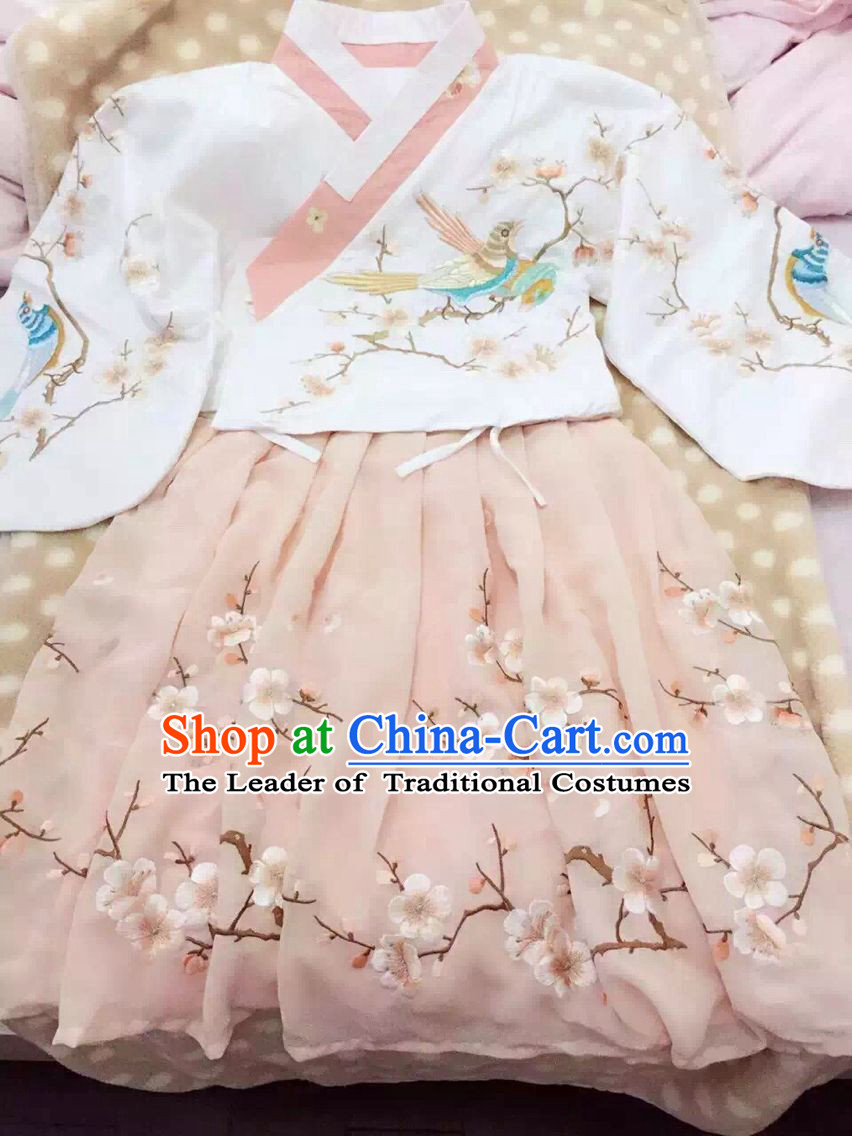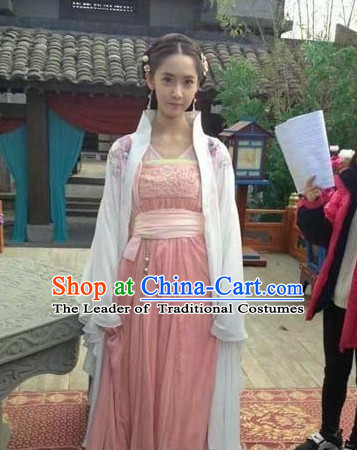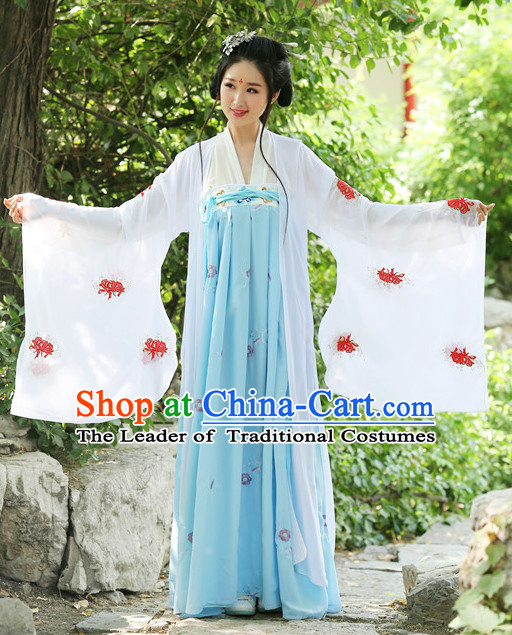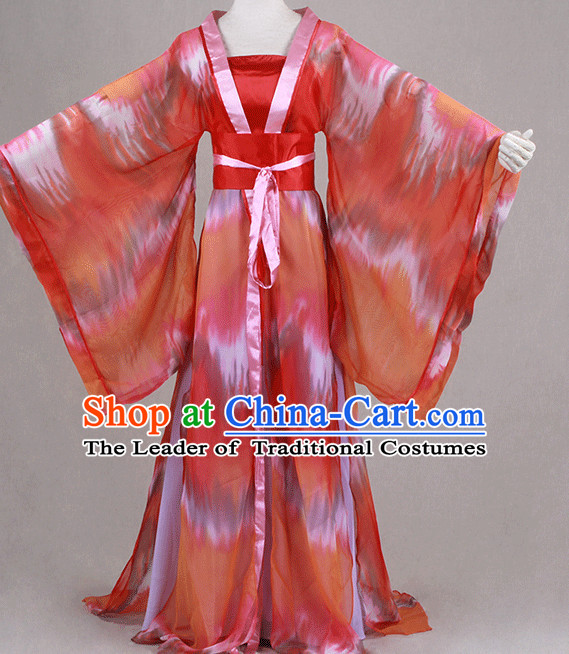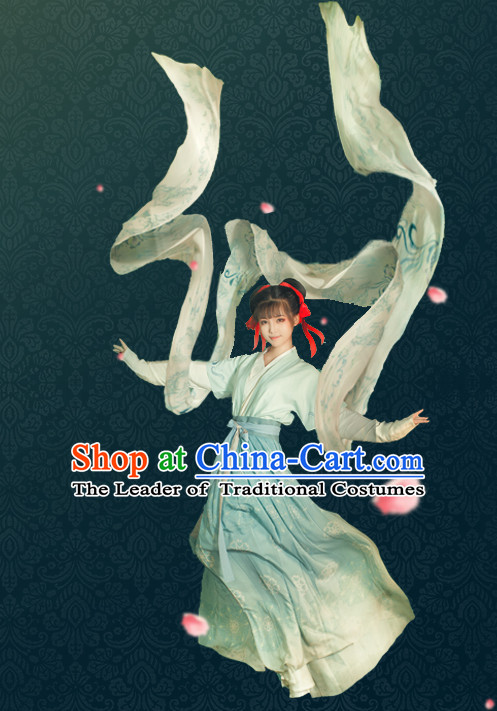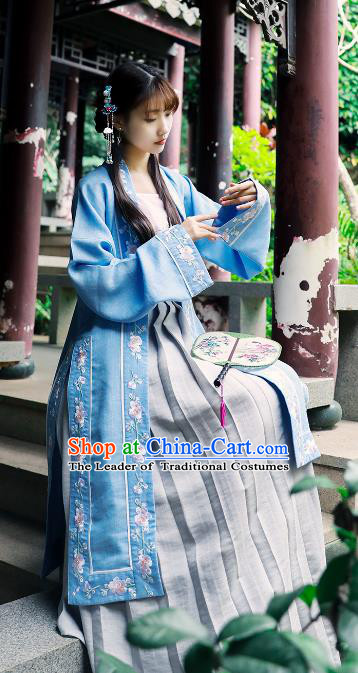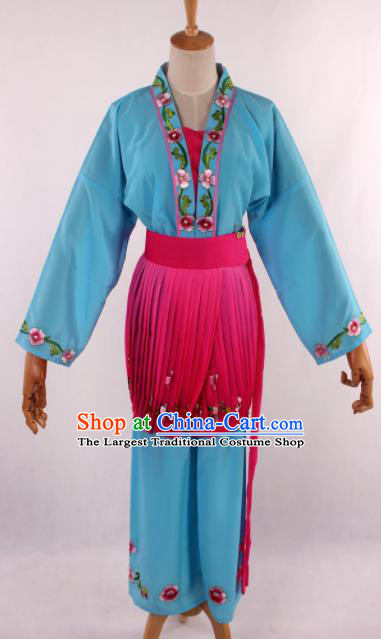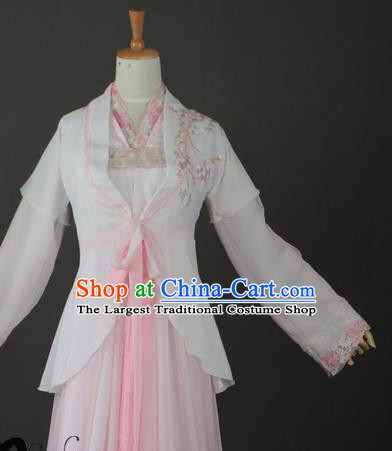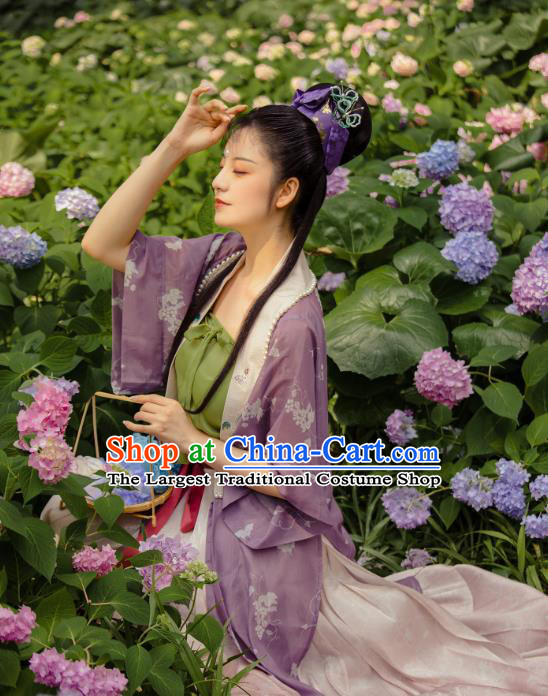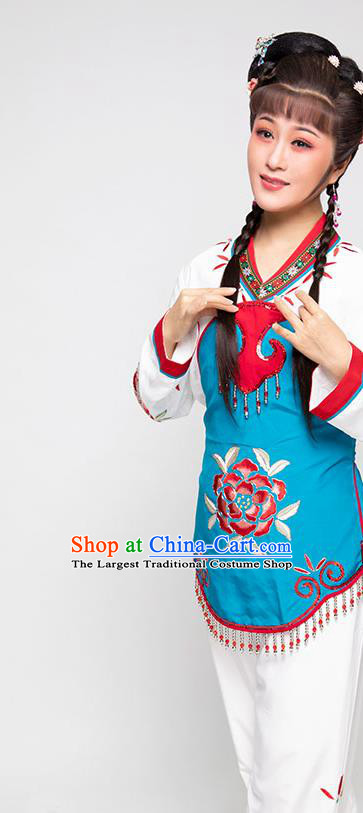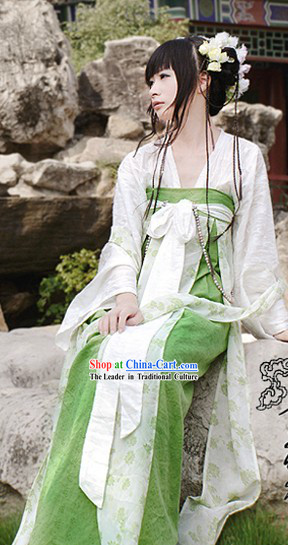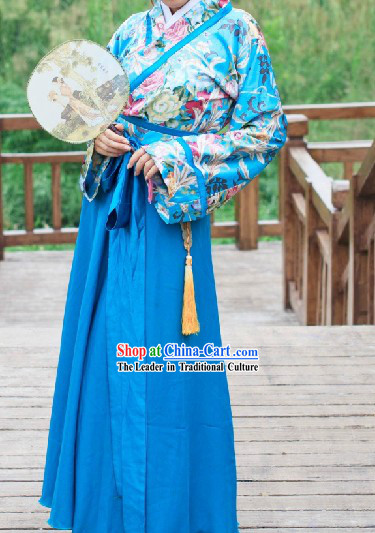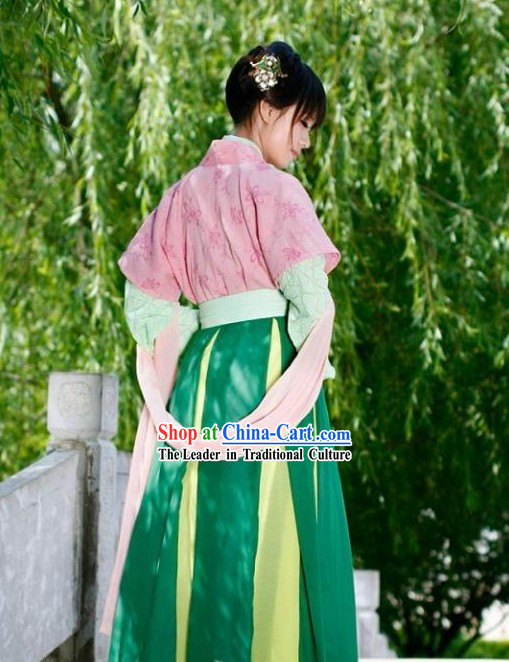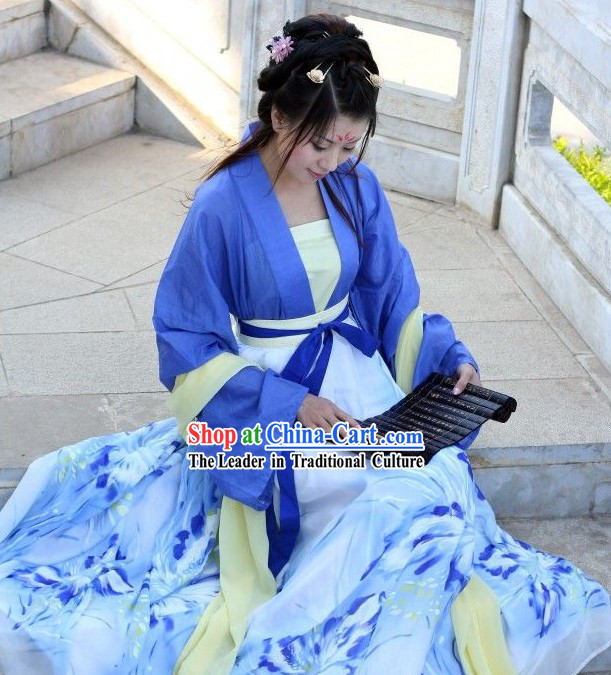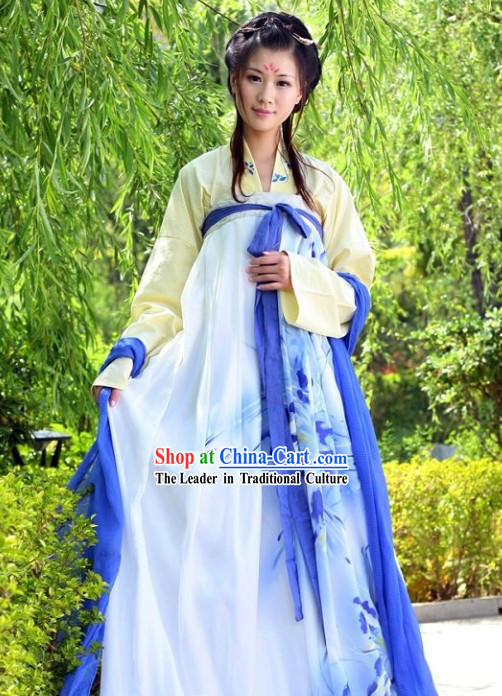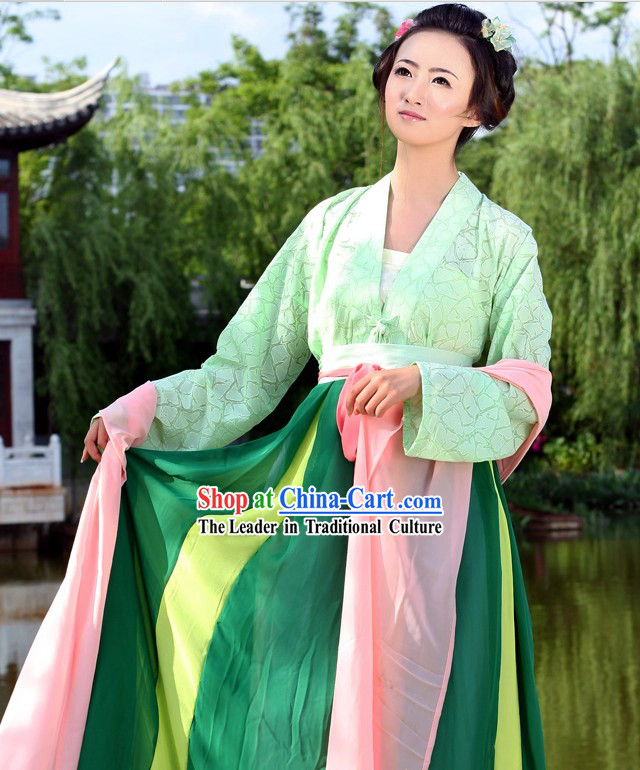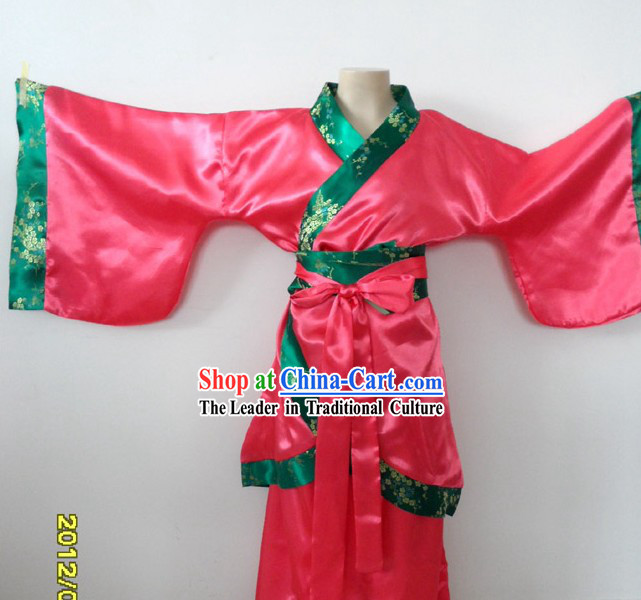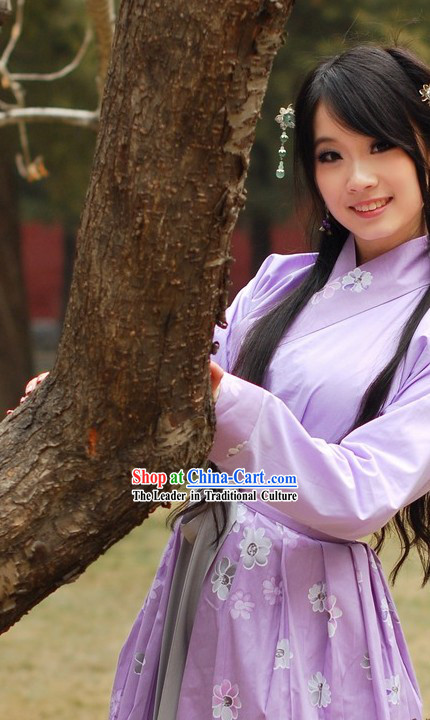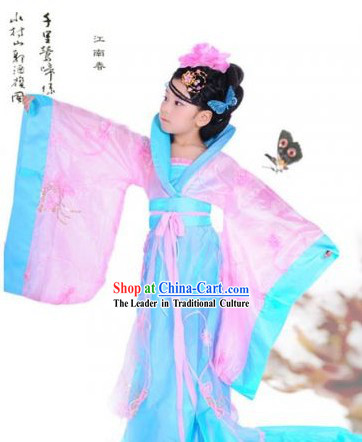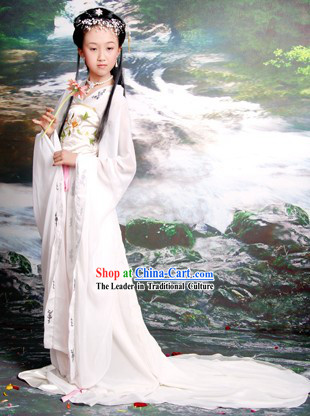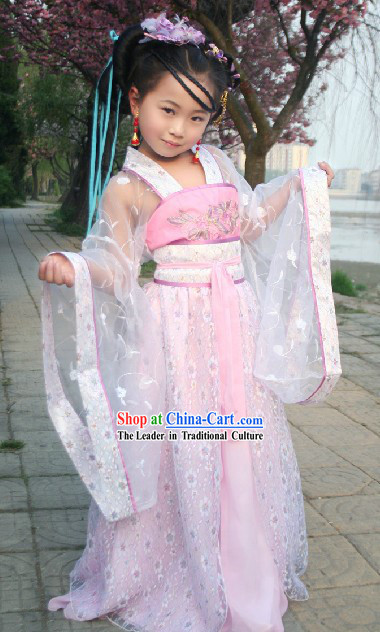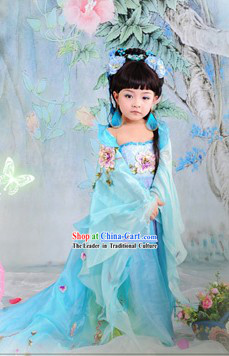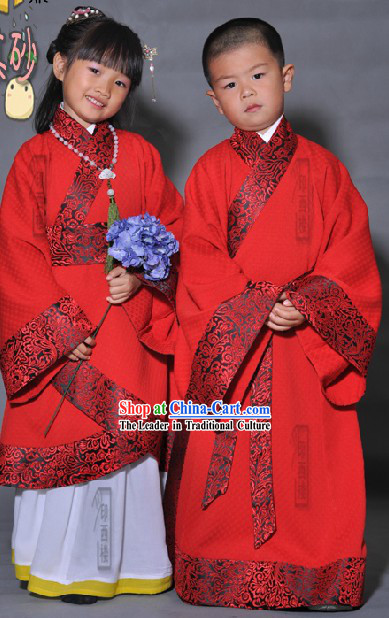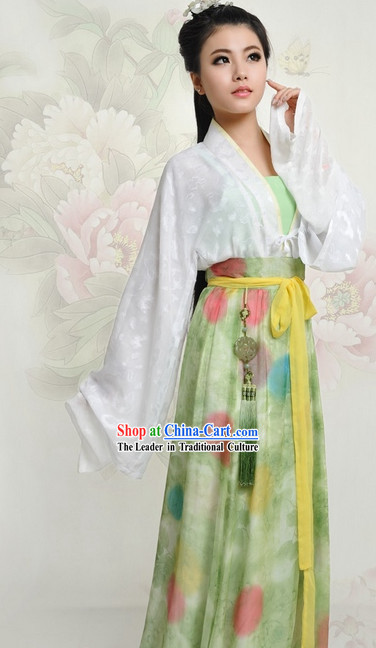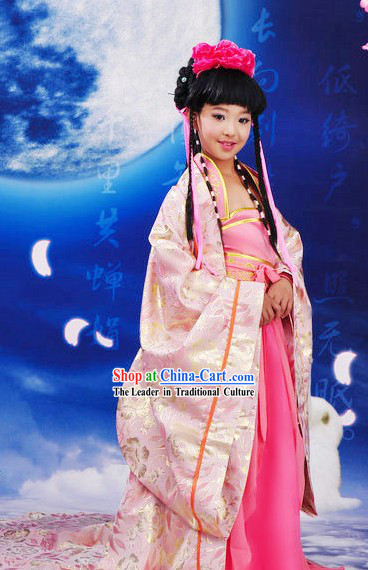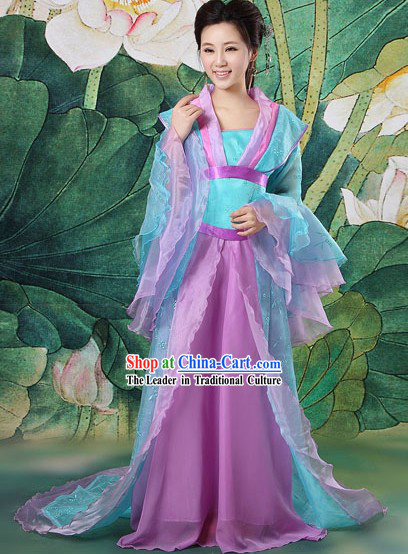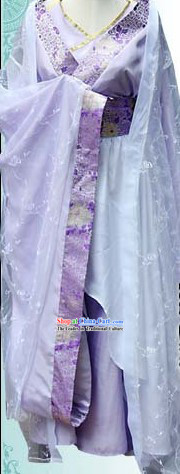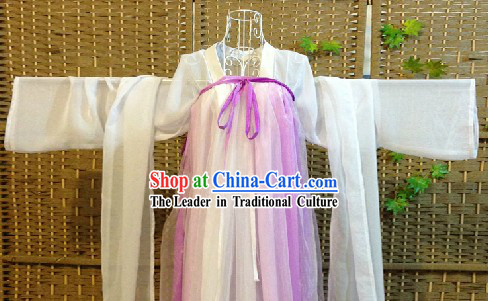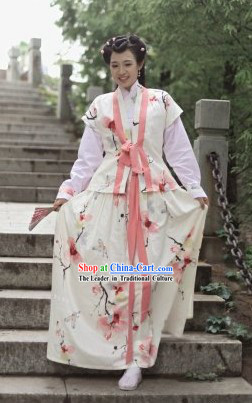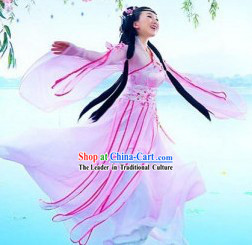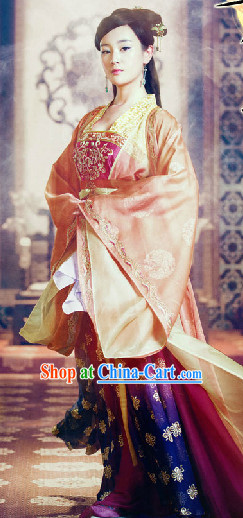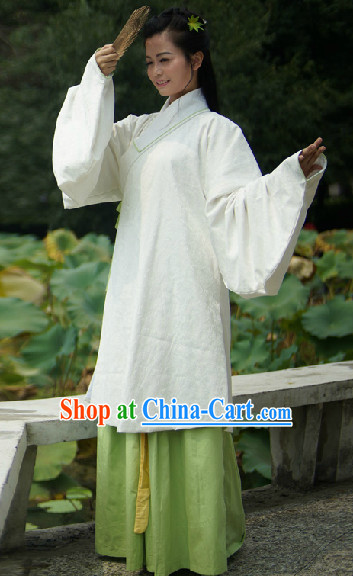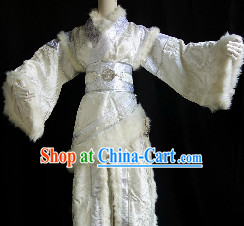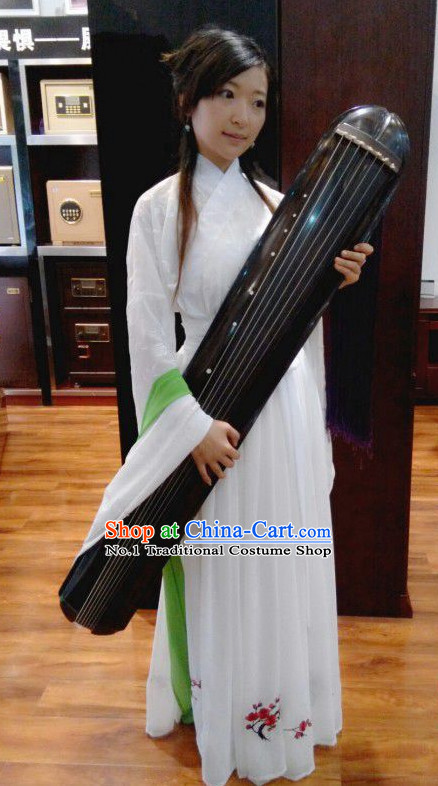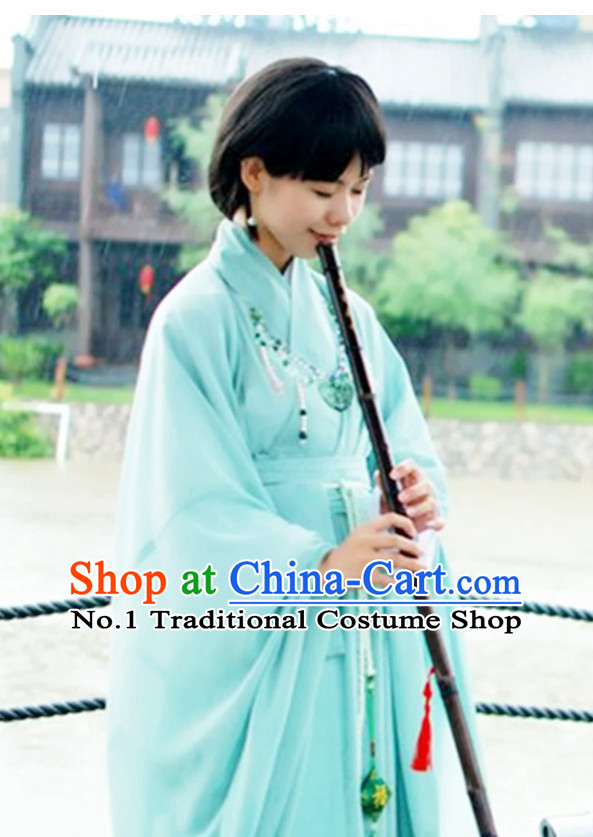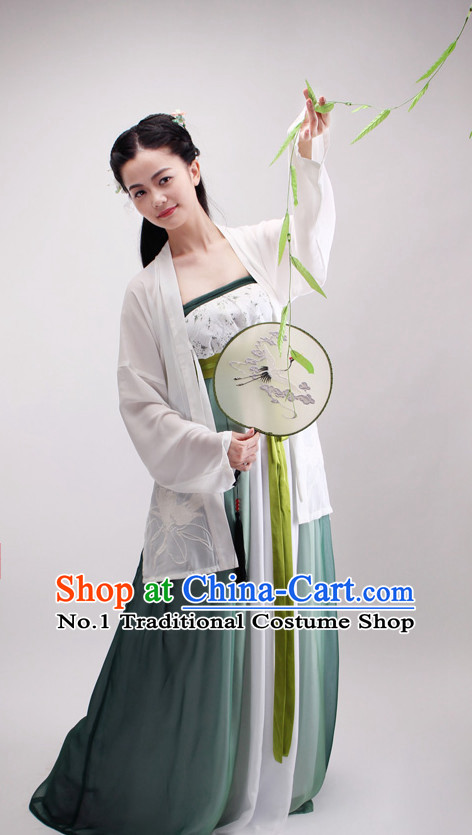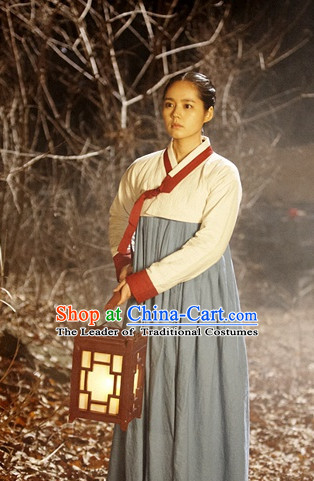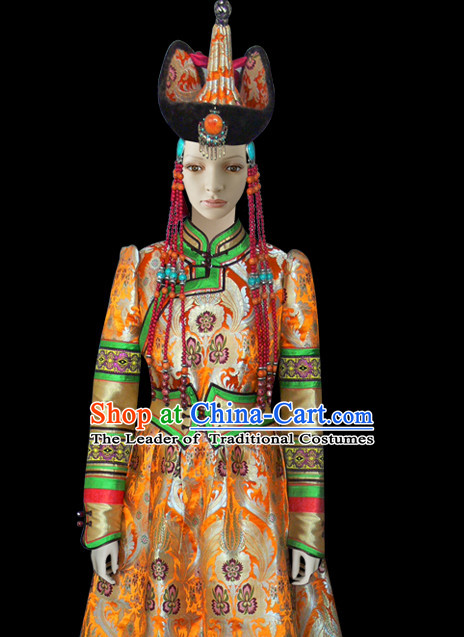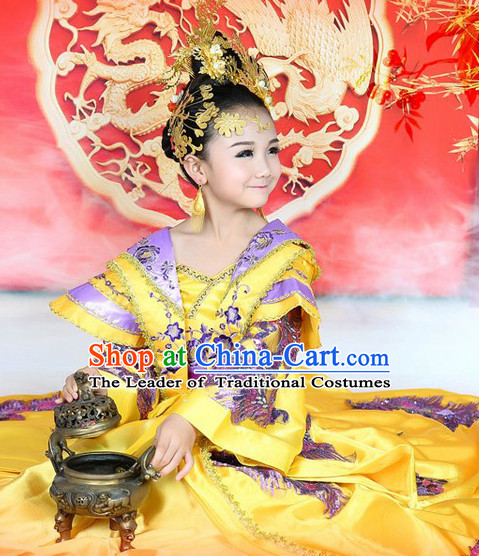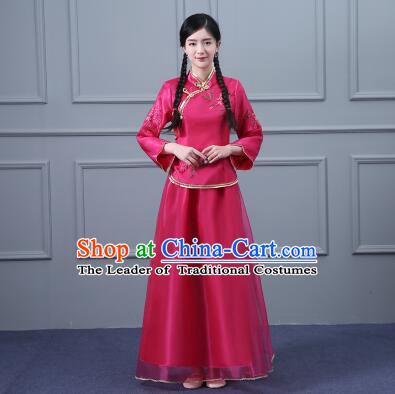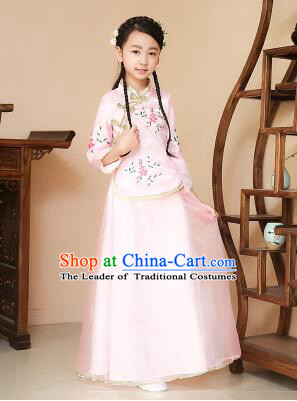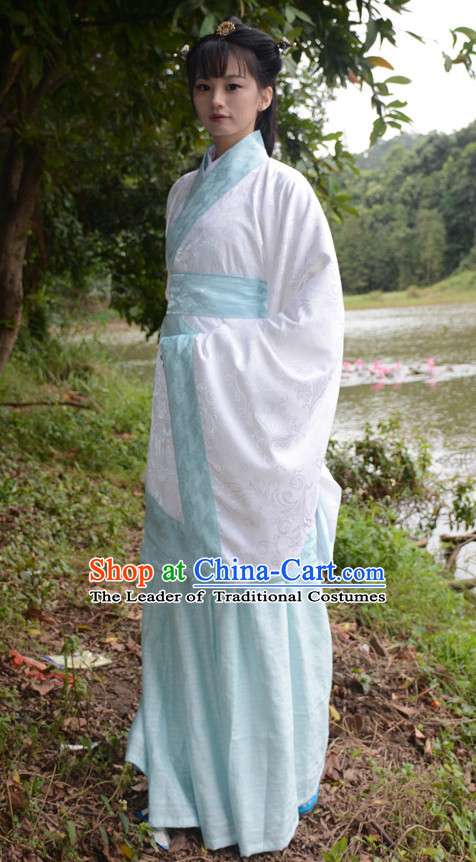
Click Related Pictures for More Audios:
The ancient Chinese attire for women or girls is renowned for its elegance, sophistication, and unique design.
These garments were typically made of silk and featured intricate embroidery to showcase the beauty and grace of women.
They were also often adorned with various patterns and symbols that represented cultural, religious, and historical contexts.
In ancient China, women's clothing was an important symbol of their identity and status.
The styles of female attire varied across different dynasties and regions, reflecting the social values and aesthetics of the time.
For example, Han Dynasty women's clothing emphasized looseness and comfort, highlighting natural beauty and softness.
In contrast, Tang Dynasty clothing placed greater emphasis on details and embellishments, with women's garments often featuring gold, silver thread, pearls, and gemstones to display opulence and luxury.
Apart from their exquisite designs, ancient Chinese women's clothing also served practical functions.
For instance, long robes provided warmth, while short jackets and skirts facilitated movement.
Headwear protected against sun and wind damage.
Additionally, some specialized garments had specific purposes, such as the formal attire worn by palace officials during official events.
In conclusion, ancient Chinese women's clothing was not merely an ornament but also a reflection of their identity, status, and social roles.
By examining the design, materials, and details of these garments, we can gain insight into the cultural, religious, and historical contexts of the time as well as the changing aesthetic preferences and pursuits of beauty.












